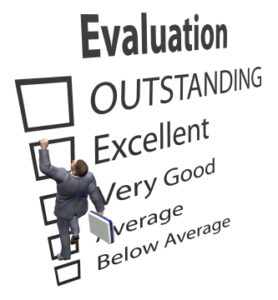
As most of you who manage teams or companies know, a best practice is to give your employees mid-year reviews. Letting them know if they are on track, off track and listening to ideas and thoughts they have about their careers, progress, and goals.
It would follow then, that for those of you who have strategic plans for their companies, or at the minimum annual goals, it’s time for that mid-year review. Don’t worry, if you pull it out of the drawer or find the folder or tool you used to store it and it has dust, cobwebs or is faded due to lack of use. You are not alone. Letting one’s plan get lower and lower on the priority list as all of the “urgent” matters of the day come up is common, unfortunately, it can also be fatal to achieving long-term strategic goals.
You may, in fact, get a surprise in that you have achieved more than you thought, at least on some items. However, if you didn’t create a tracking mechanism for all the objectives or goals such as a dashboard, you might be tempted to bury it and start over.
Don’t do it. Be brave, take it out, metaphorically, (or for real), dust it off and honestly review your progress to date. Now is the time to make corrections, leverage what is working well, and change what is not. New factors may have come into play since you decided on the direction, things you want to leverage or mitigate so a review and refresh is completely in order. Get your management team together and do a debrief on the whole thing. Is it possible to achieve by year end? If not, revise the goals so they aren’t self-defeating. Add any new goals that have overtaken the original plan, and get the team back on track. It may be the first time since your annual strategic planning session that you’ve been strategic. The air is good up at this level – possibilities are endless! Show your team how good companies keep on track by initiating the conversation.
One caution is to NOT redo all the decisions that were made previously. Good, bad or indifferent, they are what you decided based on the set of facts you had at the time. No shame in changing direction if things did not turn out as anticipated, but time for a reset. And it’s not appropriate to cast blame on individuals who made those decisions. That’s a waste of time. It happened or it didn’t, now you have a new set of facts to move forward from. No need to do a complete SWOT again, just decide if you’re on track or off track and what changes need to be made.
Don’t forget to put in place a dashboard of sorts so the dust doesn’t accumulate a second time. Need help creating one? Here’s a free download of Chapter 8 from my book, “Putting Together the Entrepreneurial Puzzle” and it can help you put together an effective dashboard.
Lastly, celebrate the wins! It’s not good for morale or momentum if you only focus on “misses” and what’s not working. Acknowledging successes is critical for your leadership perspective and for your team’s effectiveness.
